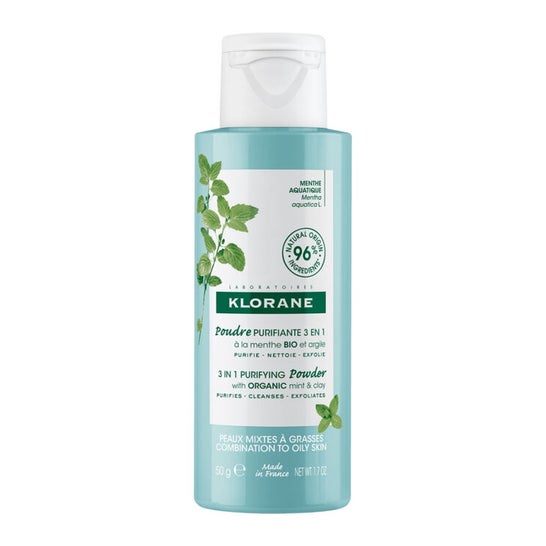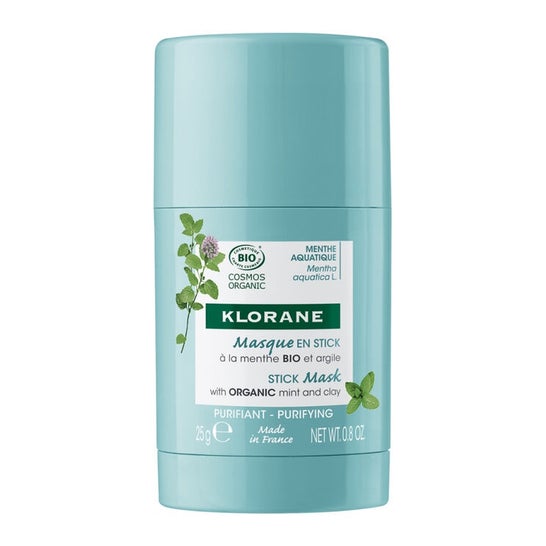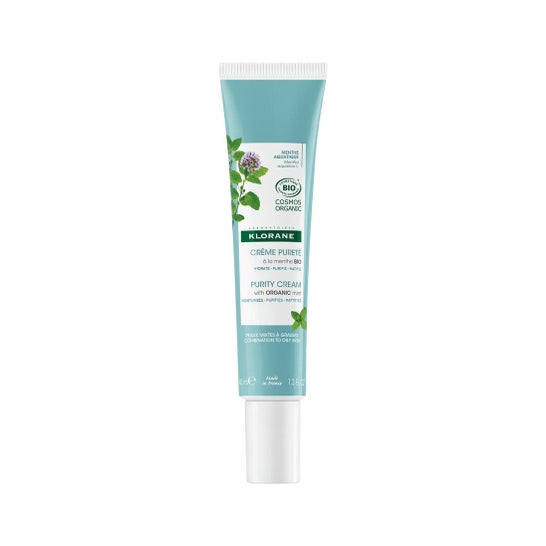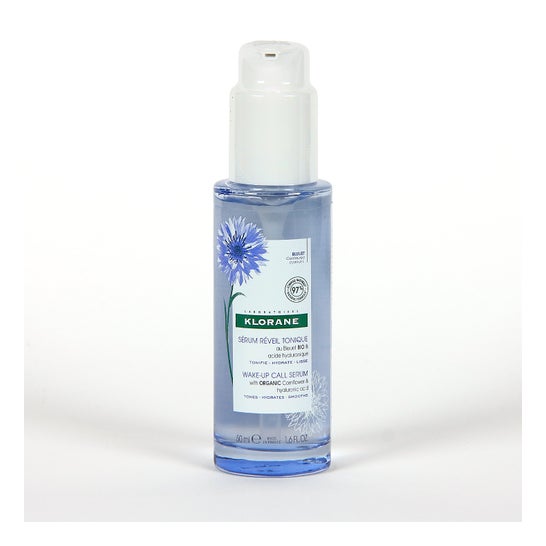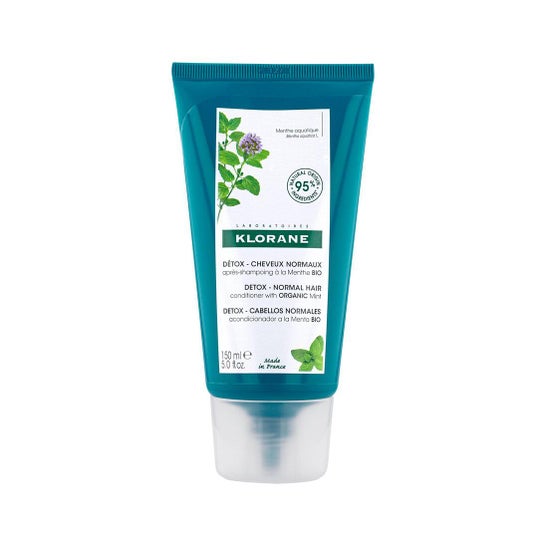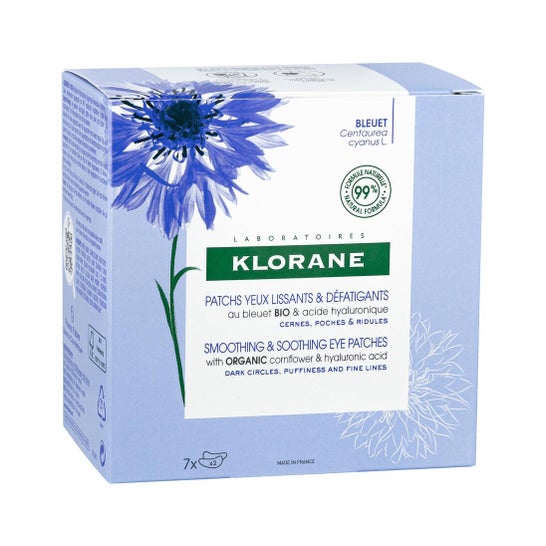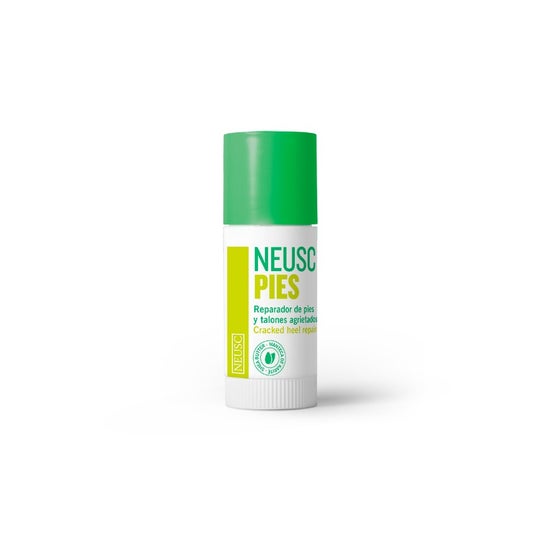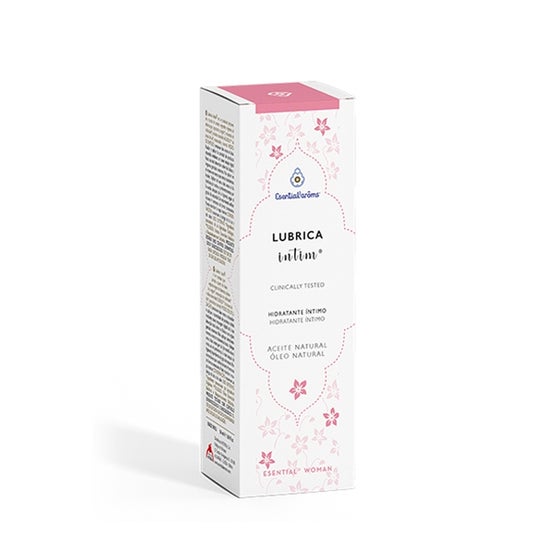Clay comes from sedimentary rocks and is high in minerals. In cosmetics, it can help to remove dead cells from the skin and scalp, thanks to their absorbent, cleansing, purifying and revitalising action. They also have anti-inflammatory and healing properties. The most commonly used clays are white, green and pink clay. Their benefits are different and you should take into account skin type when choosing one or the other. In a cosmetic product, it is usually combined with other ingredients with complementary actions, to provide a soothing, moisturising, etc. effect.
White clay specifically has a high aluminium and magnesium content. It provides a gentle exfoliating, soothing and softening action, so it is usually suitable for all skin types, including dry and somewhat sensitive skin.
In the case of green clay, it contains magnesium and iron oxides, which provide a greenish colour. It contributes to deep cleansing, eliminates impurities and has an astringent effect. It is recommended for combination and oily skin. Pink clay is a mixture of white and red clay and it also contains iron and copper oxides. Among its properties, it helps to regenerate the skin, purifies sensitive and, depending on the other ingredients in the product, even reactive skin.
Clay can be found in a wide variety of products such as face, body and hair masks, makeup and solid soaps and even in powder form to create masks or poultices.



